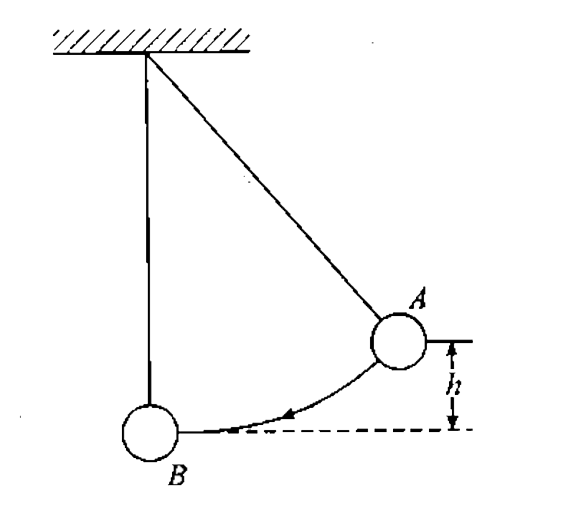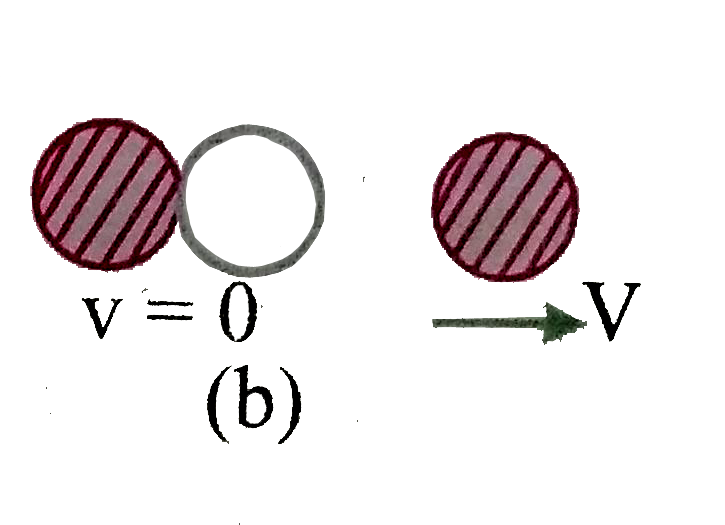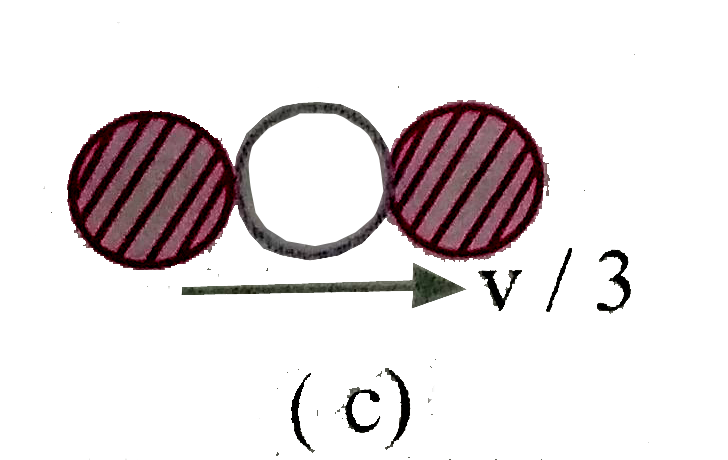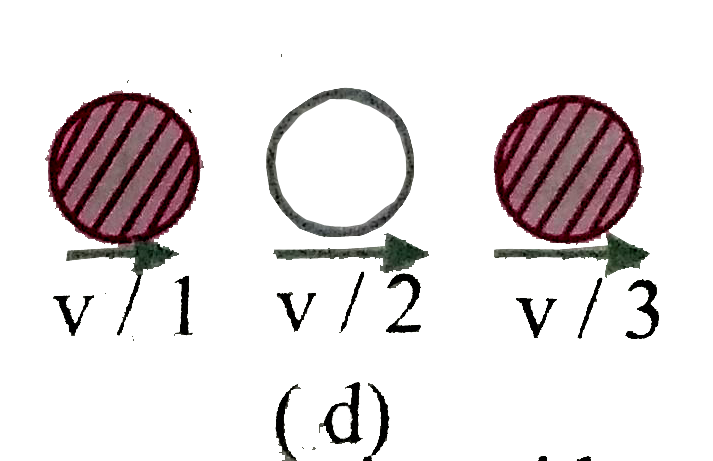A
B
C
D
Text Solution
Verified by Experts
|
Topper's Solved these Questions
LINEAR MOMENTUM & ITS CONSERVATION
PHYSICS GALAXY - ASHISH ARORA|Exercise Numerical MCQ s|75 VideosView PlaylistLINEAR MOMENTUM & ITS CONSERVATION
PHYSICS GALAXY - ASHISH ARORA|Exercise Advance McQ|20 VideosView PlaylistLINEAR MOMENTUM & ITS CONSERVATION
PHYSICS GALAXY - ASHISH ARORA|Exercise Discussio Q|28 VideosView PlaylistKINEMATICS
PHYSICS GALAXY - ASHISH ARORA|Exercise Unsolved Numerical Pro.|83 VideosView PlaylistNEWTONS LAWS OF MOTION
PHYSICS GALAXY - ASHISH ARORA|Exercise Unsolved Numerical Problem|81 VideosView Playlist
Similar Questions
Explore conceptually related problems
Knowledge Check
A
B
C
D
Submit
A
B
C
D
Submit
A
B
C
D
Submit
Similar Questions
Explore conceptually related problems
PHYSICS GALAXY - ASHISH ARORA-LINEAR MOMENTUM & ITS CONSERVATION-Conceptual MCQ s single option correct
- The velocities in a head on elastic collision be interchanged"
01:44
|
Play - A body of mass m moves in a horizontal circle of radius r at contact s...
01:49
|
Play - For a particle moving in a horizontal circle with constant angular vel...
02:05
|
Play - In a system of particles, internal forces can change:
01:17
|
Play - Three particles each of mass m are located at the vertices of an equil...
05:46
|
Play - A ball kept in a closed box moves in the box making collisions with th...
00:48
|
Play - A strip of wood of length l is placed on a smooth horizontal surface. ...
02:20
|
Play - The centre of mass of a system of particle is at the origin the number...
02:32
|
Play - Six steel balls of identical size are lined up along a straight frict...
07:12
|
Play - n balls each of mass m impinge elastically each second on a surface wi...
01:47
|
Play - The bob A of a pendulum released from a height h hits head-on another ...
02:04
|
Playing Now - A nucleus moving with velocity bar(v) emits an alpha-particle. Let the...
08:15
|
Play - A uniform sphere is placed on a smooth horizontal surface and a horizo...
01:22
|
Play - Five identical balls each of mass m and radius r are string like beads...
04:37
|
Play - The end of a chain of length L and mass per unit length rho, which is ...
02:15
|
Play - Which of the following is correct about principle of conservation of m...
02:08
|
Play - A uniform rod AB of mass m and length l is at rest on a smooth horizon...
03:32
|
Play - A body is fired from point P and strikes at Q inside a smooth circular...
02:52
|
Play - A fixed U-shaped smooth wire has a semi-circular bending between A and...
01:45
|
Play - A collision occurs between two identical balls each of mass m, moving ...
01:43
|
Play




